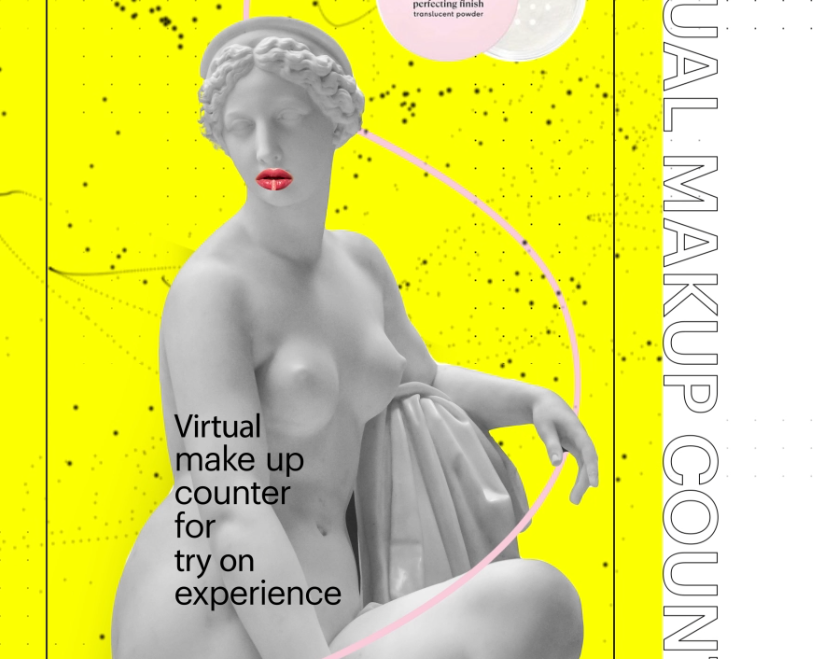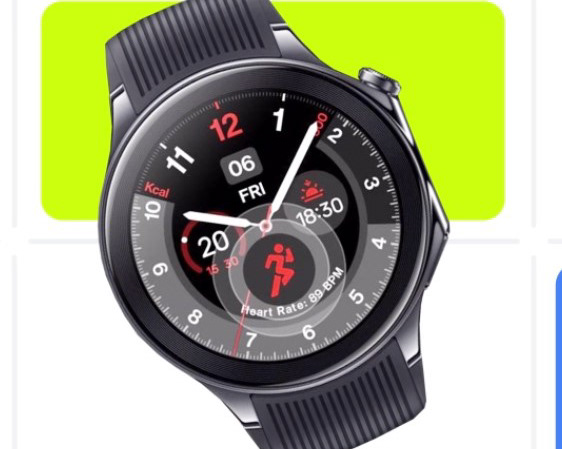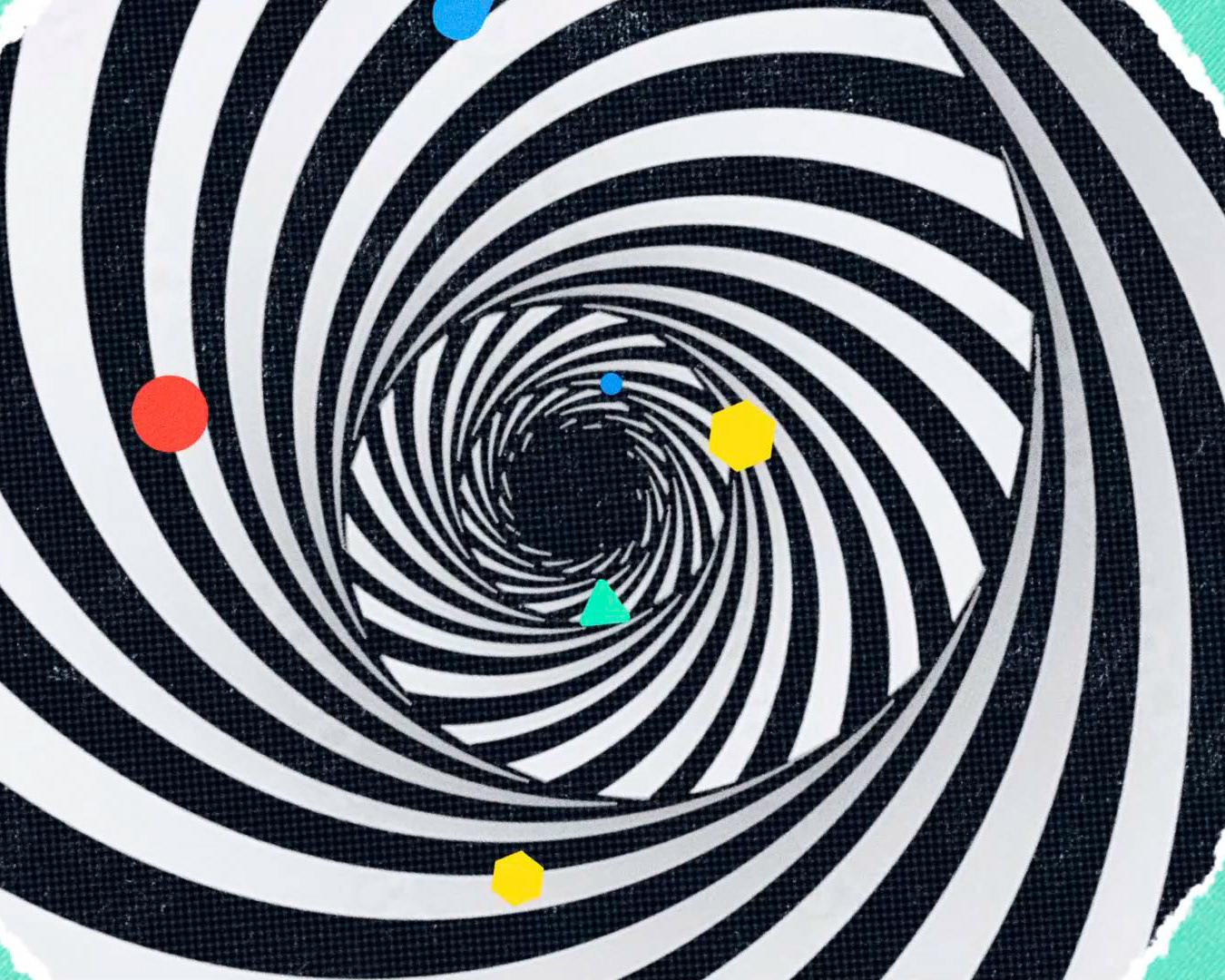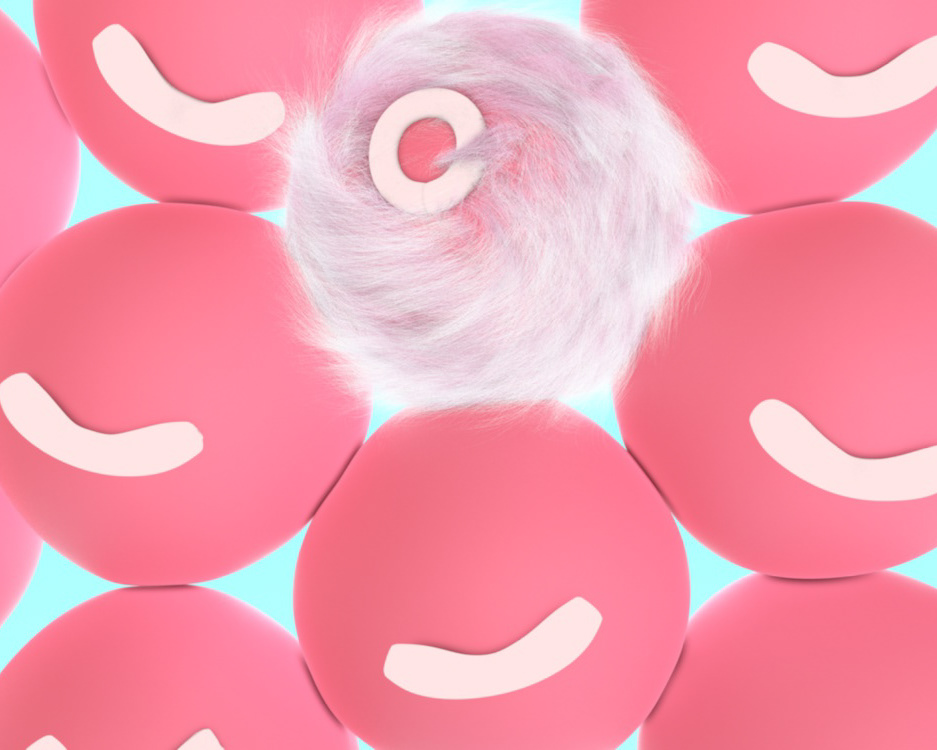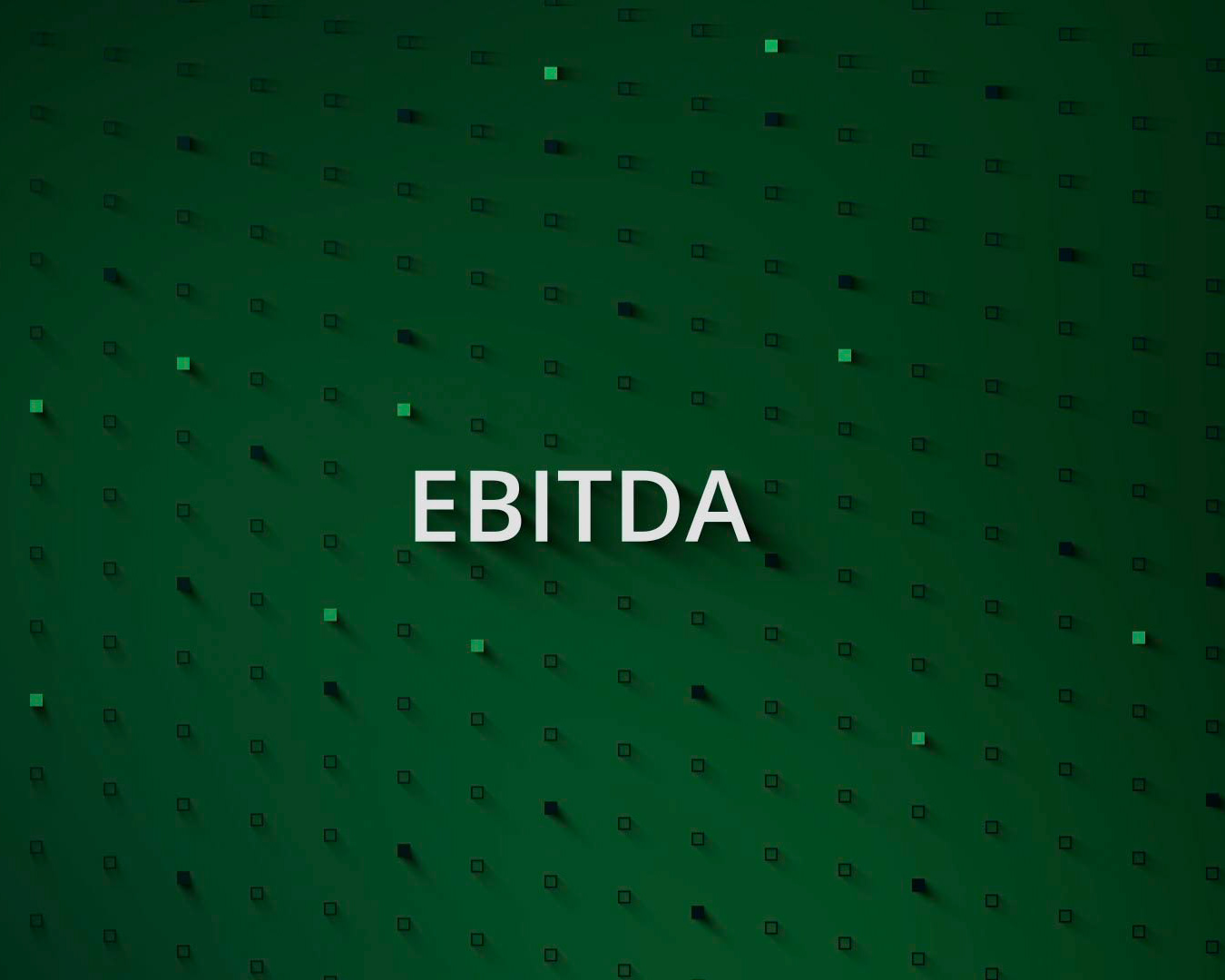Ty- Beanie Bouncers - Hamleys Christmas Window Display
Client: Ty Inc.
Agency: Creators and Makers
Collaborator: Hamleys London
Lead 3D Artist & AI Look Development: Vali Terzieva
Ai specialist: Mauricio Tonon
Colour artist: Caio Deziderio
Overview
Introduce Ty’s new Beanie Bouncers plush characters in a festive, high-energy Christmas campaign that drives in-store engagement and celebrates Hamleys’ anniversary—bringing Ty’s new Beanie Bouncers characters to life in a magical, stylised 3D Christmas world (window display). The content had to be captivating for children, instantly shareable, and aligned with Ty’s brand personality — playful, collectable, and full of bounce.
Problem
To celebrate Hamleys’ 150th anniversary, the client commissioned a stylised 3D animation set in Victorian London that would capture the festive magic of the brand and showcase at least eight Beanie Bouncers characters in lively, character-driven scenes. The challenge was to design, animate, and deliver the entire production — from concept and environment creation to final renders within an ambitious six-week timeline.
Solution
To meet the demanding six-week schedule, I decided to collaborate with an AI specialist I met during my AI Animation studies with Curious Refuge. Together, we set out to build an AI-assisted workflow that could accelerate the creative process — from exploring look-development variations to colouring the 3D animation using AI technology. Introducing this new workflow was an exciting challenge in itself, as the tools were still evolving and required constant experimentation. And so the journey began — a fusion of traditional 3D craft and pioneering AI innovation.
Creative Concept
The creative direction centered on the warmth of a Victorian Christmas, celebrating 150 years of Hamleys with a charming, storybook atmosphere. The film opens over snow-covered rooftops, gliding down to Hamleys’ glowing storefront as the Beanie Bouncers burst out in festive delight. They bounce through cobblestone streets, spreading joy before landing in children’s stockings on Christmas Eve. The look blends cinematic 3D realism with toy-like softness — snow, velvet, and light creating a magical, tactile world.
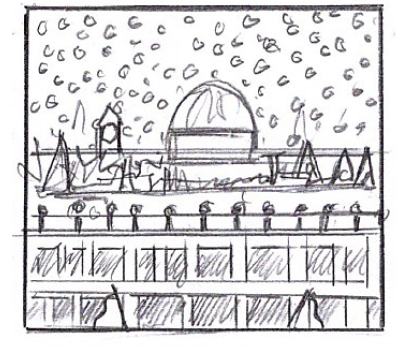
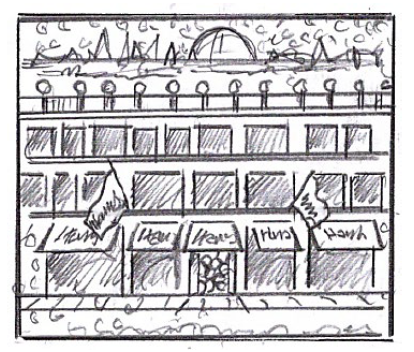

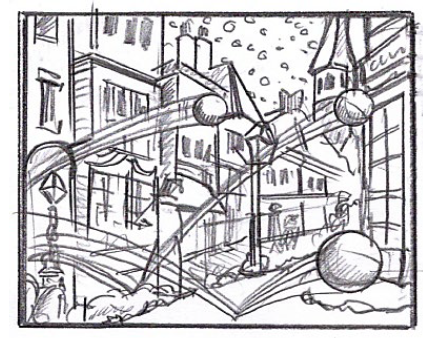
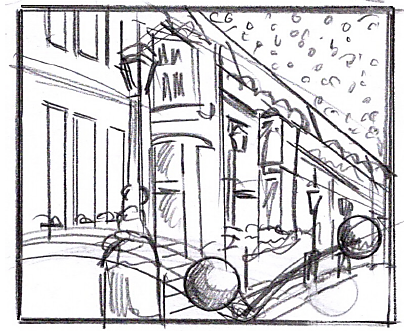
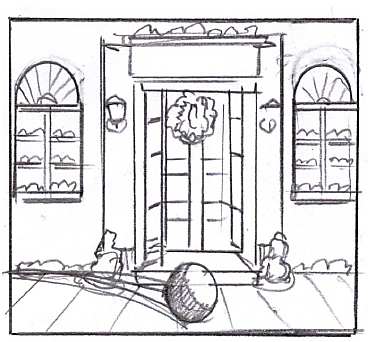
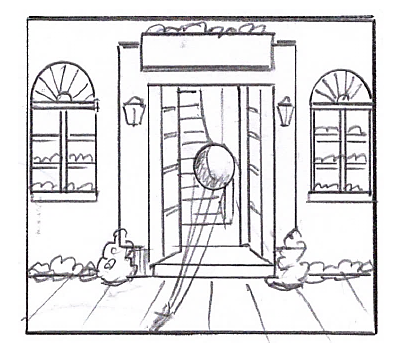
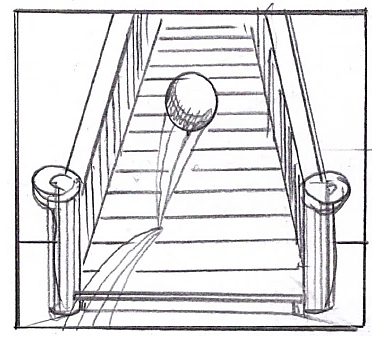
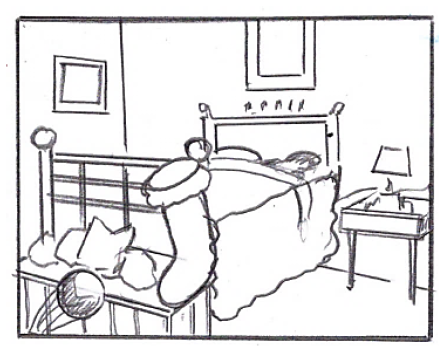



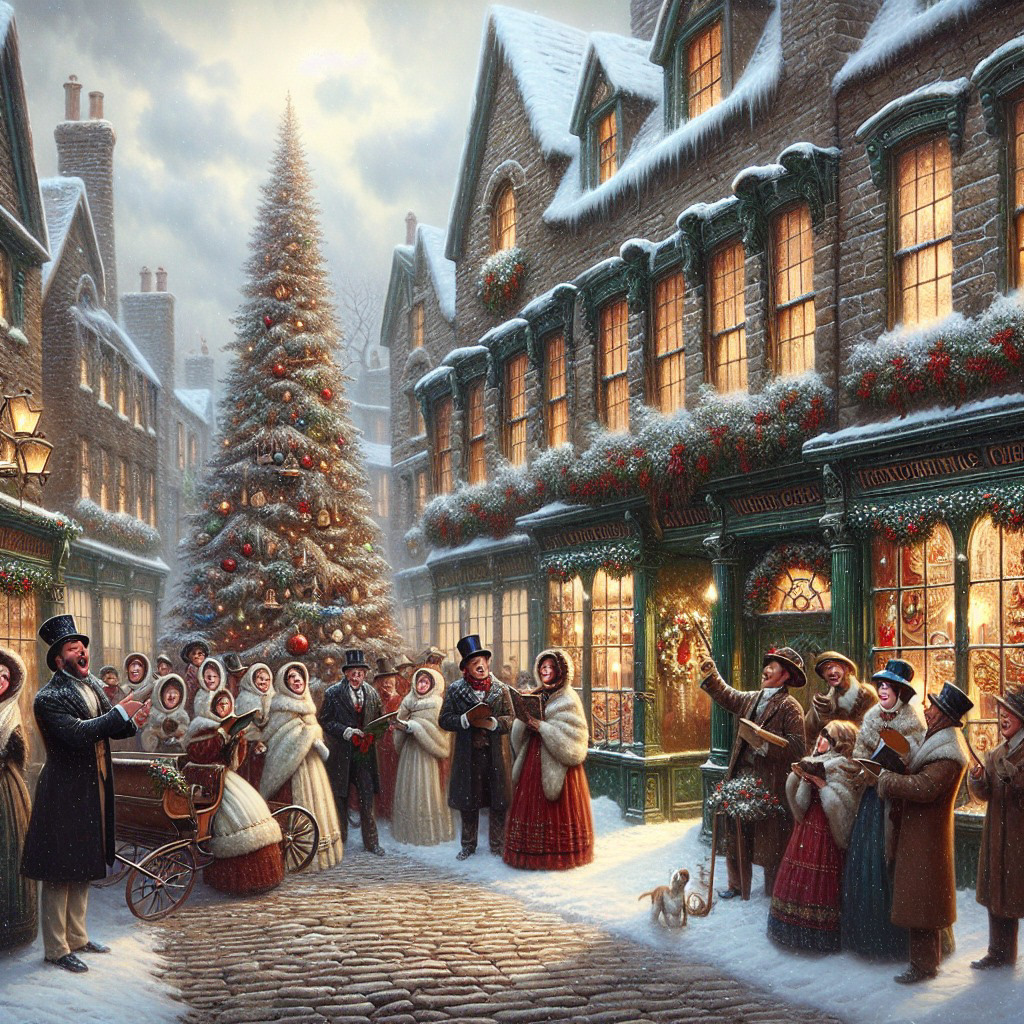

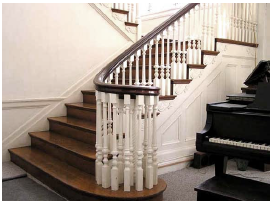

Storyboard artist: James Freeman
Production pipeline
In production, I first developed the 3D clay animation, establishing timing, rhythm, cameras and a ball simulation that defined each character’s motion path. Meanwhile, Mauricio’s team trained custom LoRA models on the eight selected Beanie Bouncers and began building the AI workflow that would follow the clay animation — enabling us to translate those dynamic movements into the fully styled, character-driven final look.
Next, we focused on stylising the environment. Our initial plan was to build a style guide and train a dedicated LoRA to capture the desired aesthetic. However, we quickly discovered that this approach was challenging — the client’s reference style was already AI-generated, and diversifying it required creating even more AI imagery. This led to excessive cleanup and frequent hallucinations, as AI models perform best when trained on photorealistic datasets.
To overcome this, we shifted strategy and used still frames from the 3D animation to develop the final look through Midjourney and style-transfer workflows. This allowed for a more experimental approach, exploring different visual directions before settling on a cohesive aesthetic. The main challenge was maintaining consistency across multiple key images, each requiring extensive Photoshop work to unify tone, lighting, and detail. These polished frames then served as the foundation for generating the first and last key animations using AI.
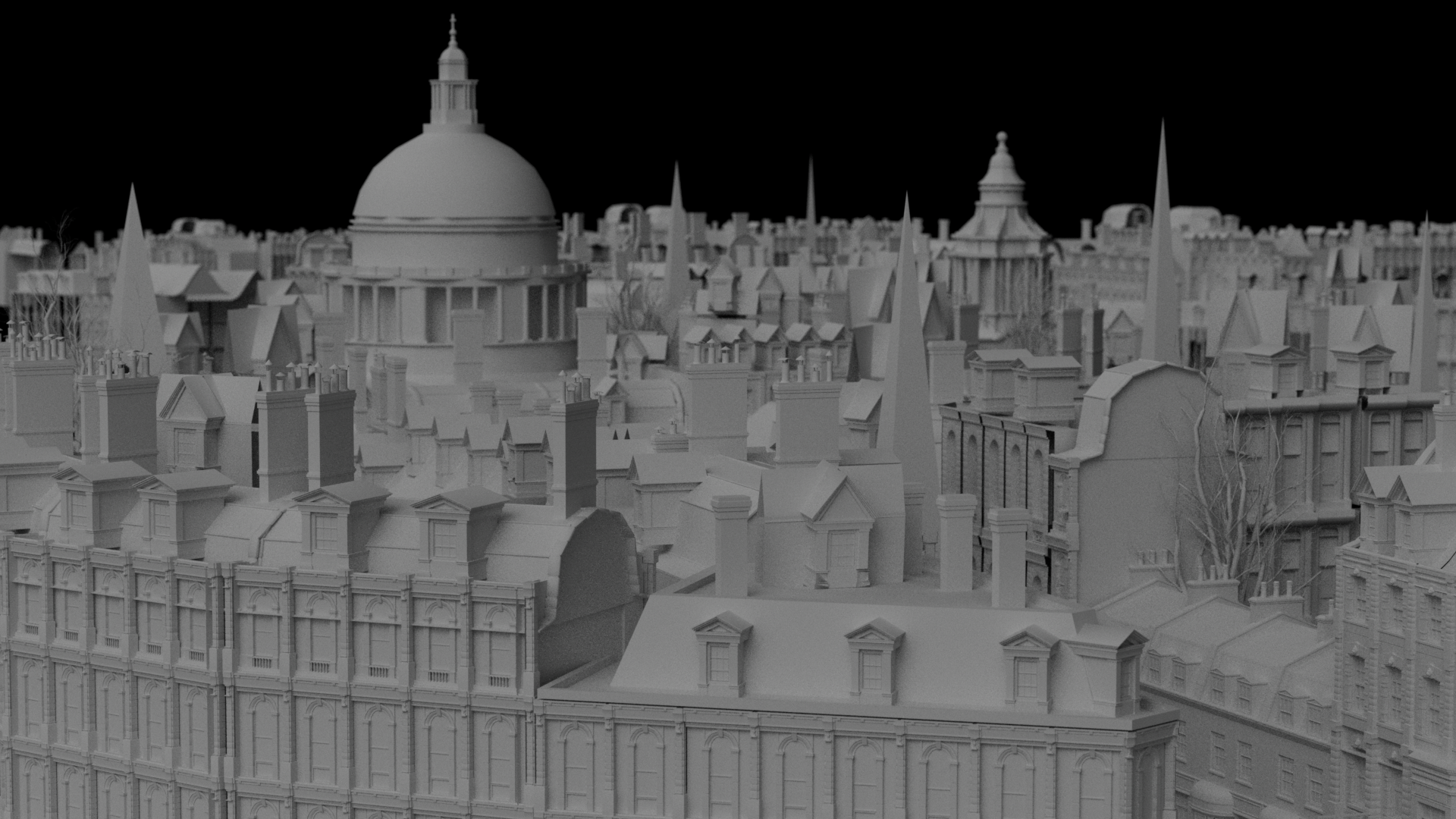
3d Clay image

Alternative style

Final option
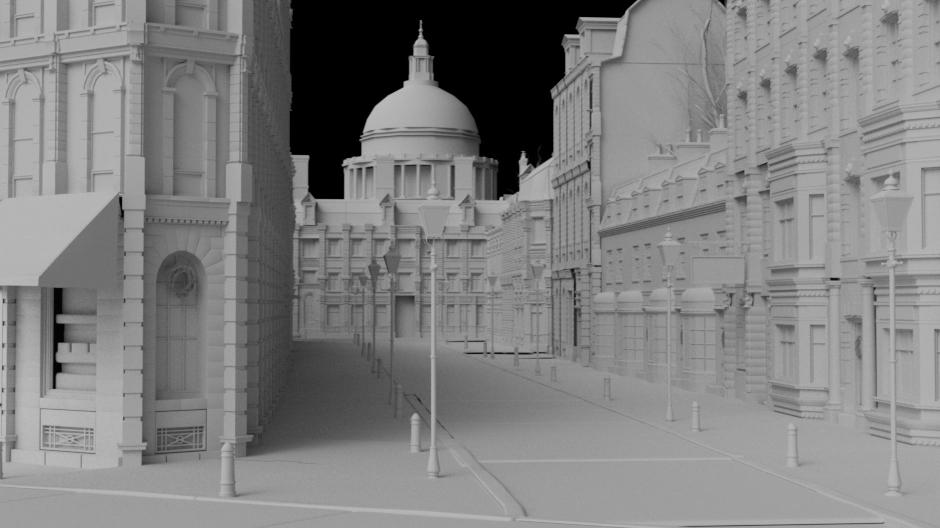

Ai image that needed cleaning. Green windows were replaced with white
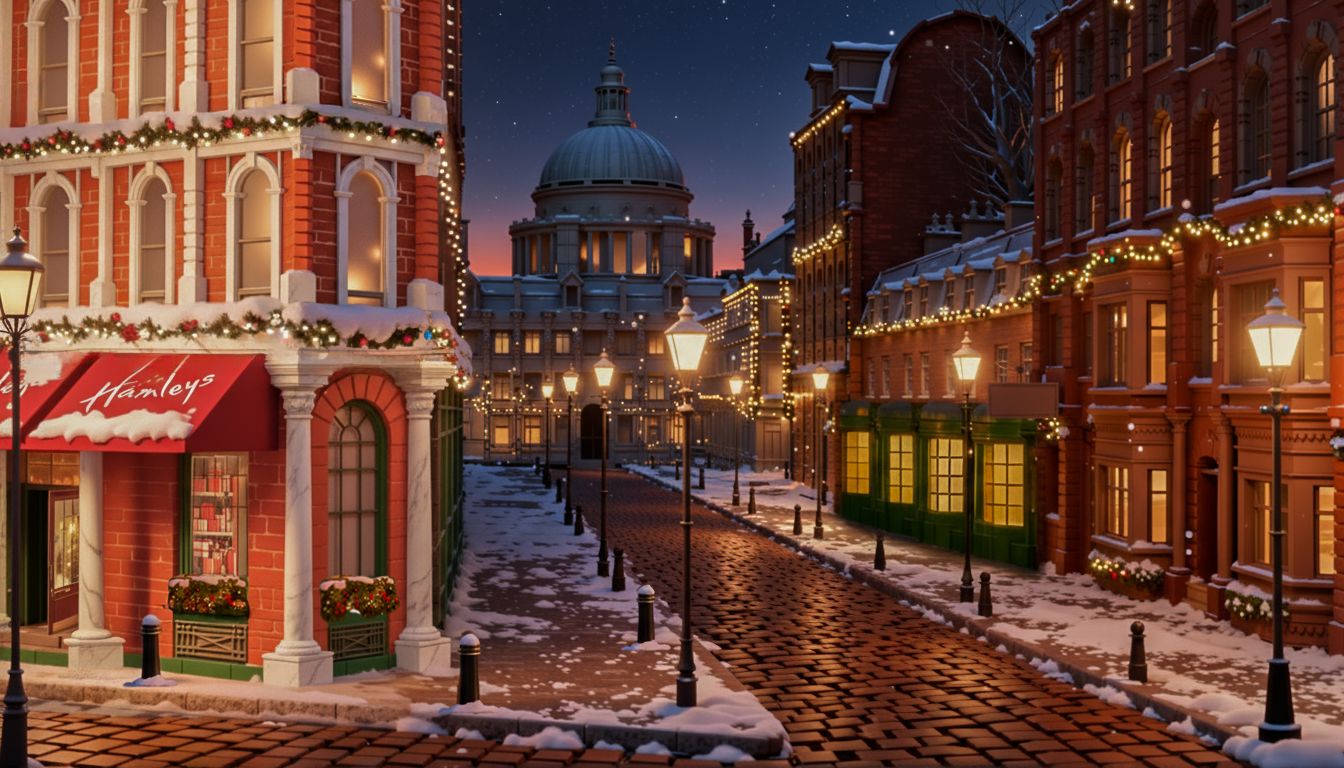
Final image
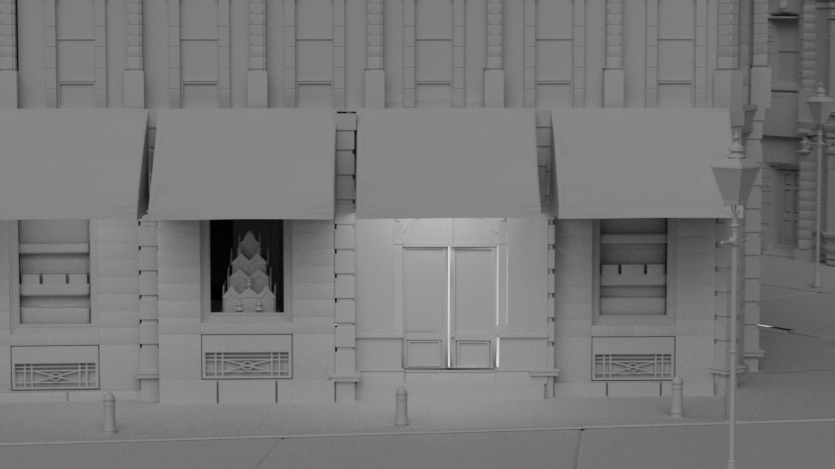

final version
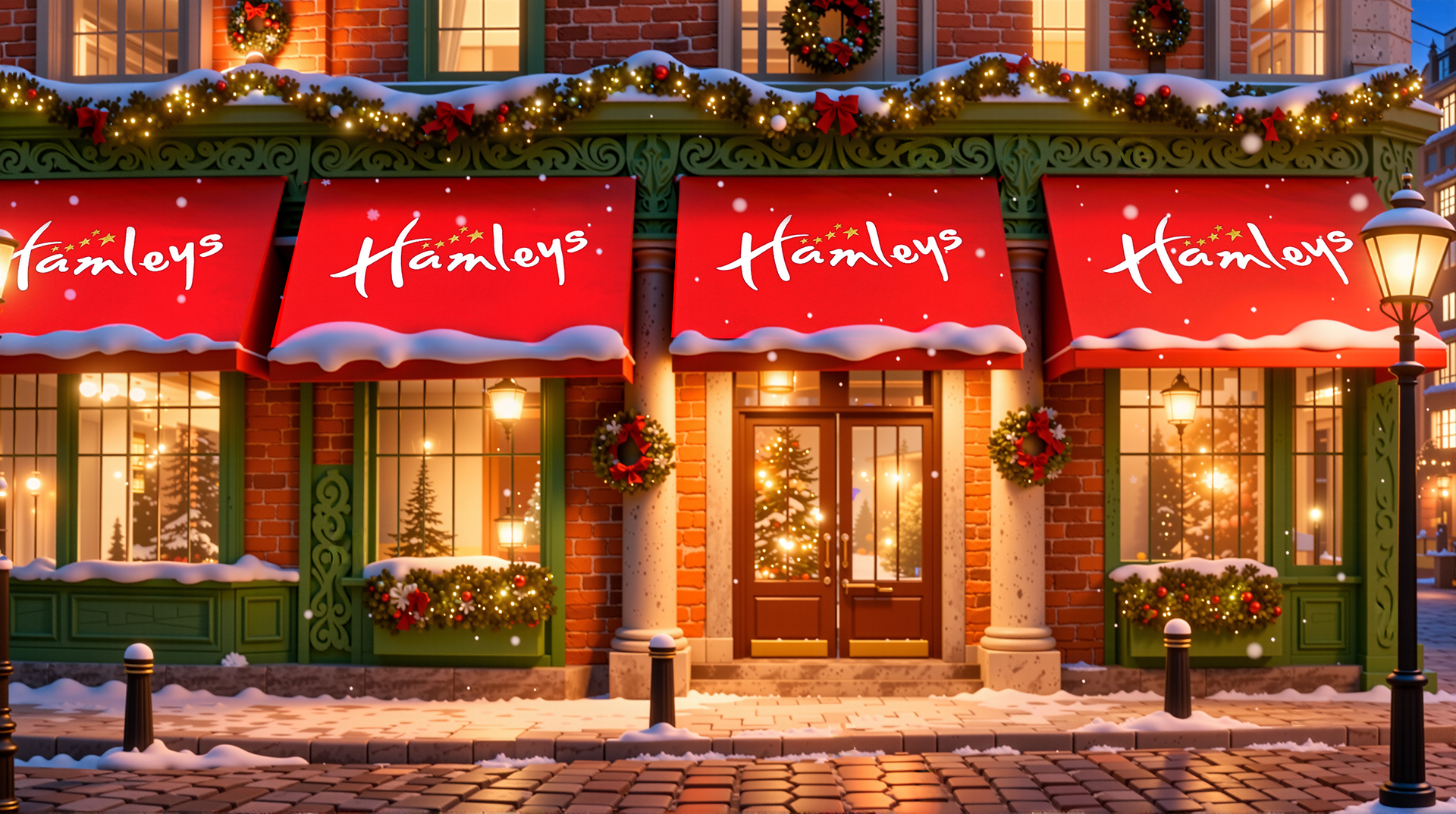
Ai image that needed cleaning
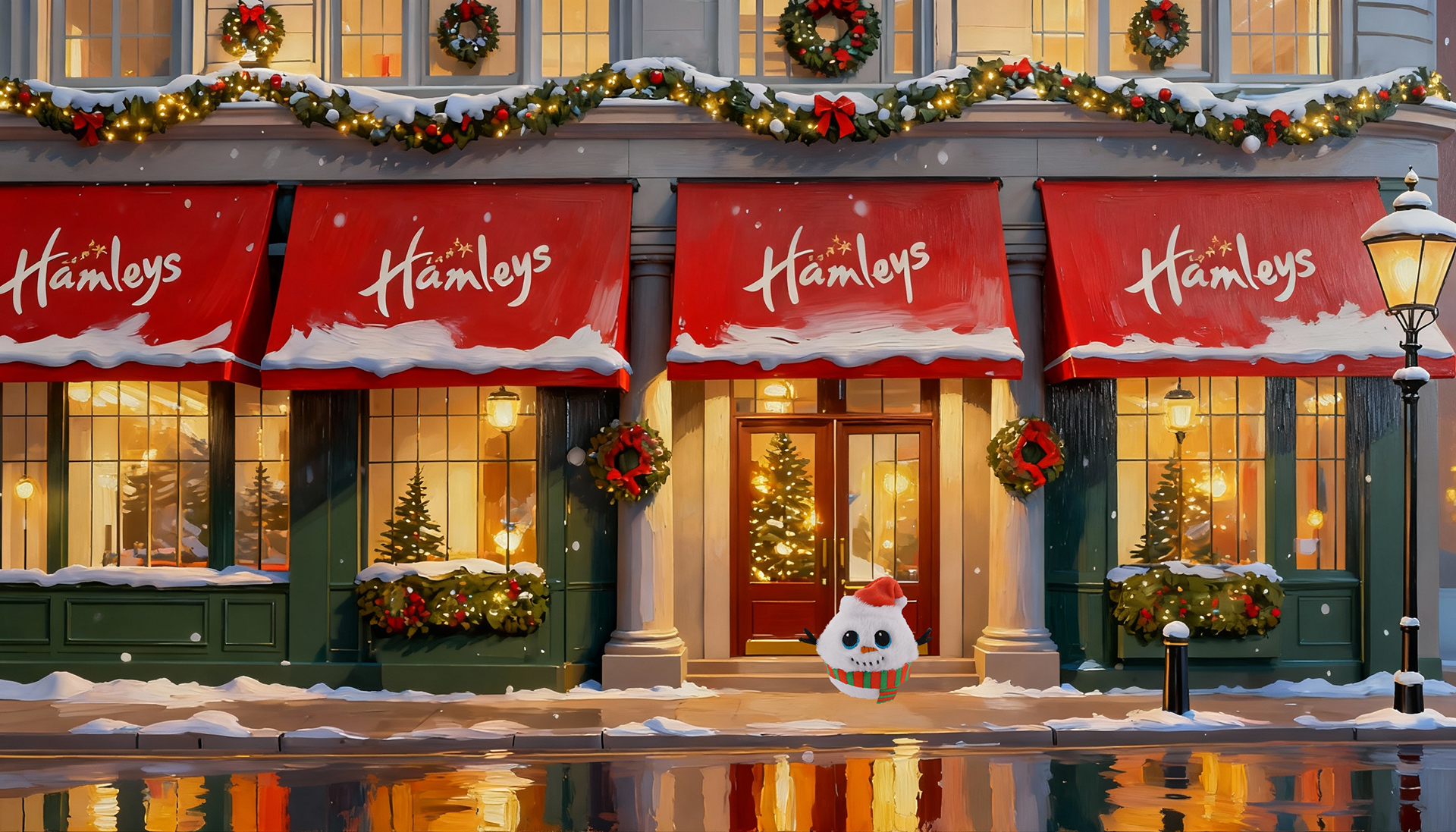
Alternative style
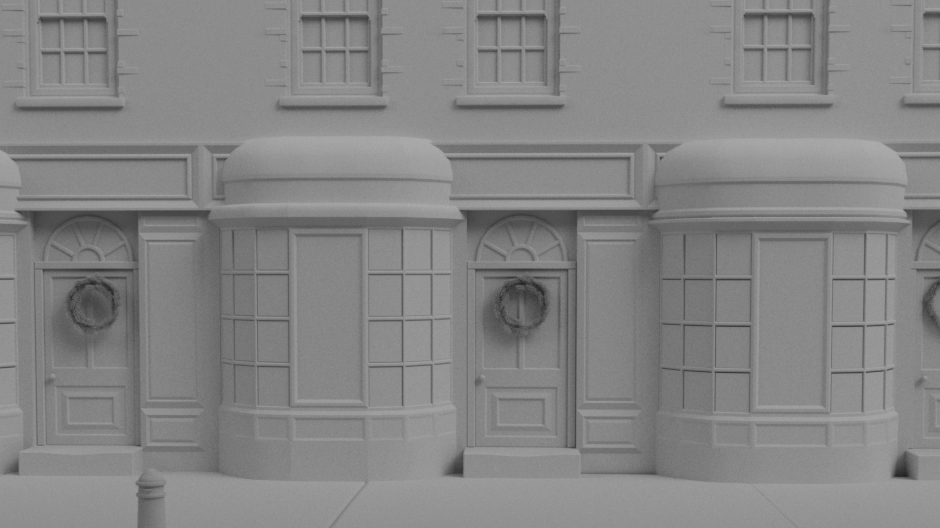


final image
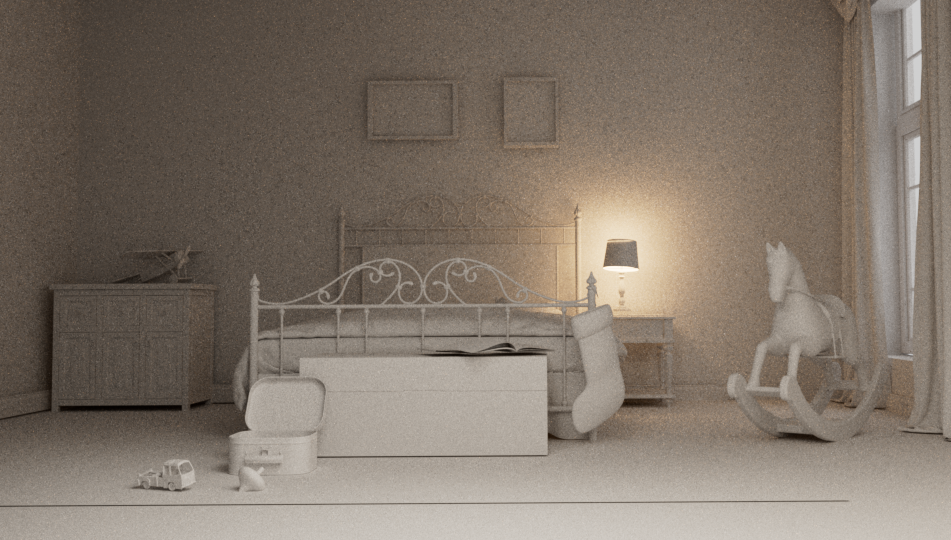
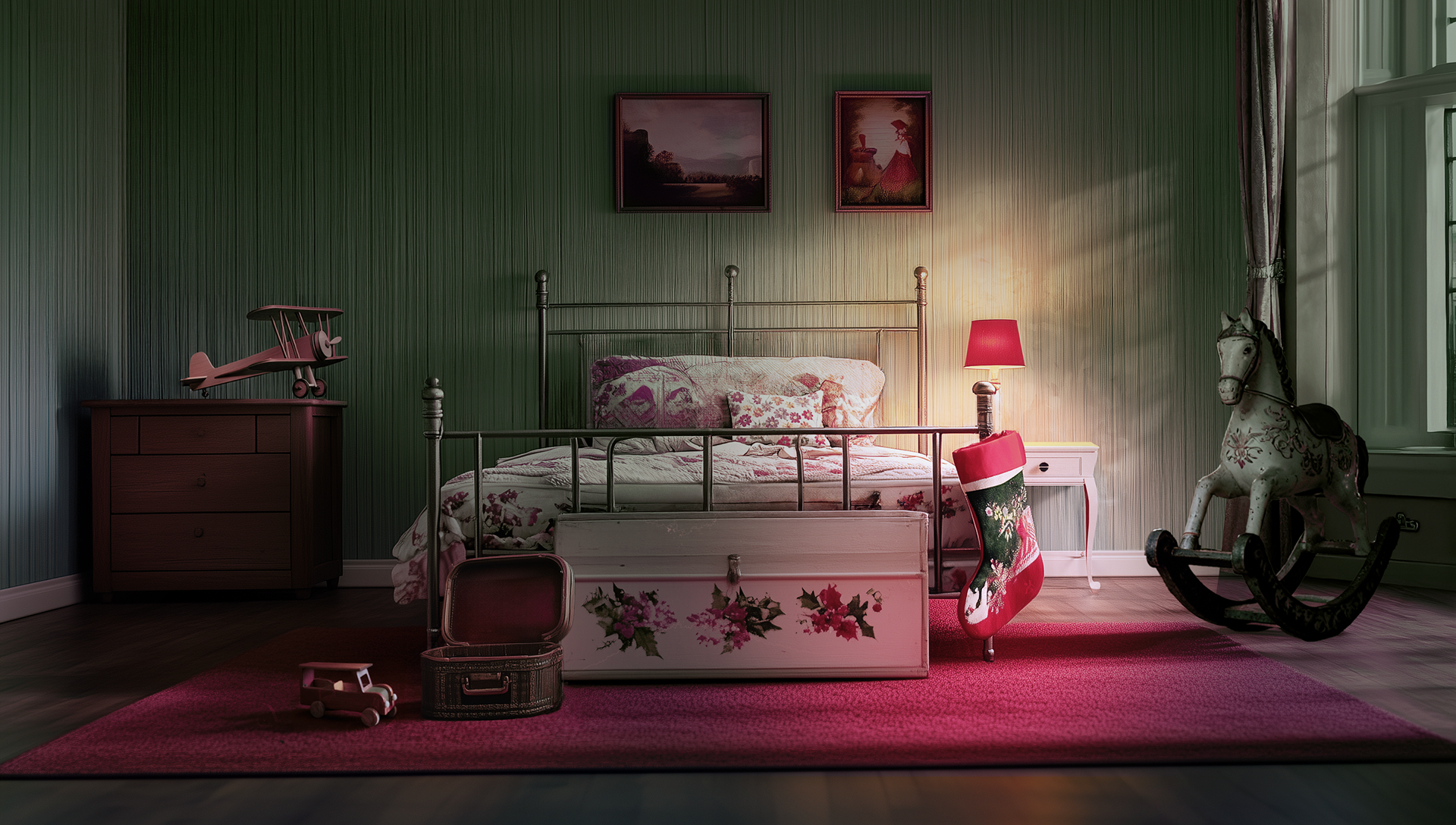
look 01 day

look 01 night
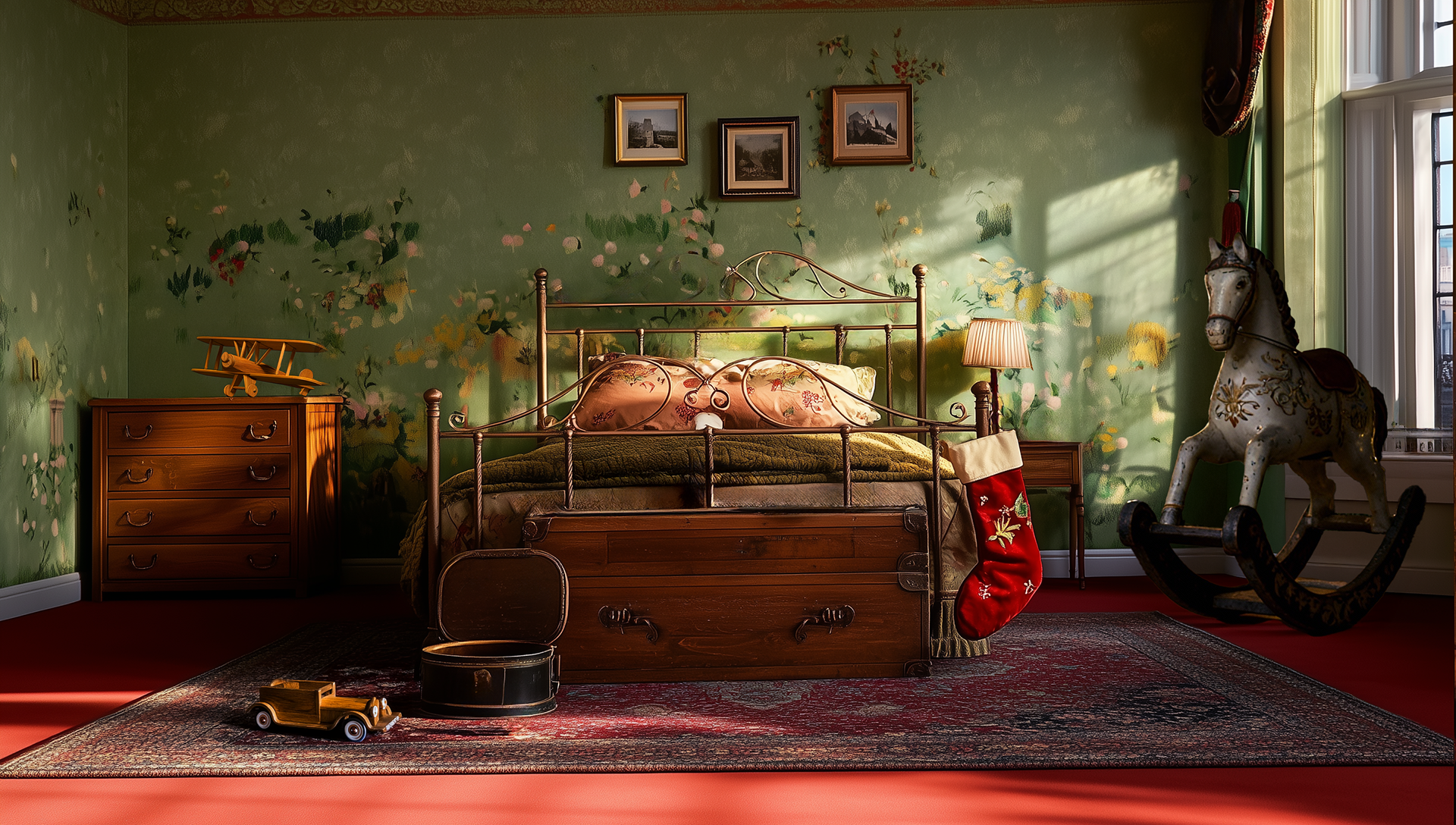
look 02 day

look 02 night
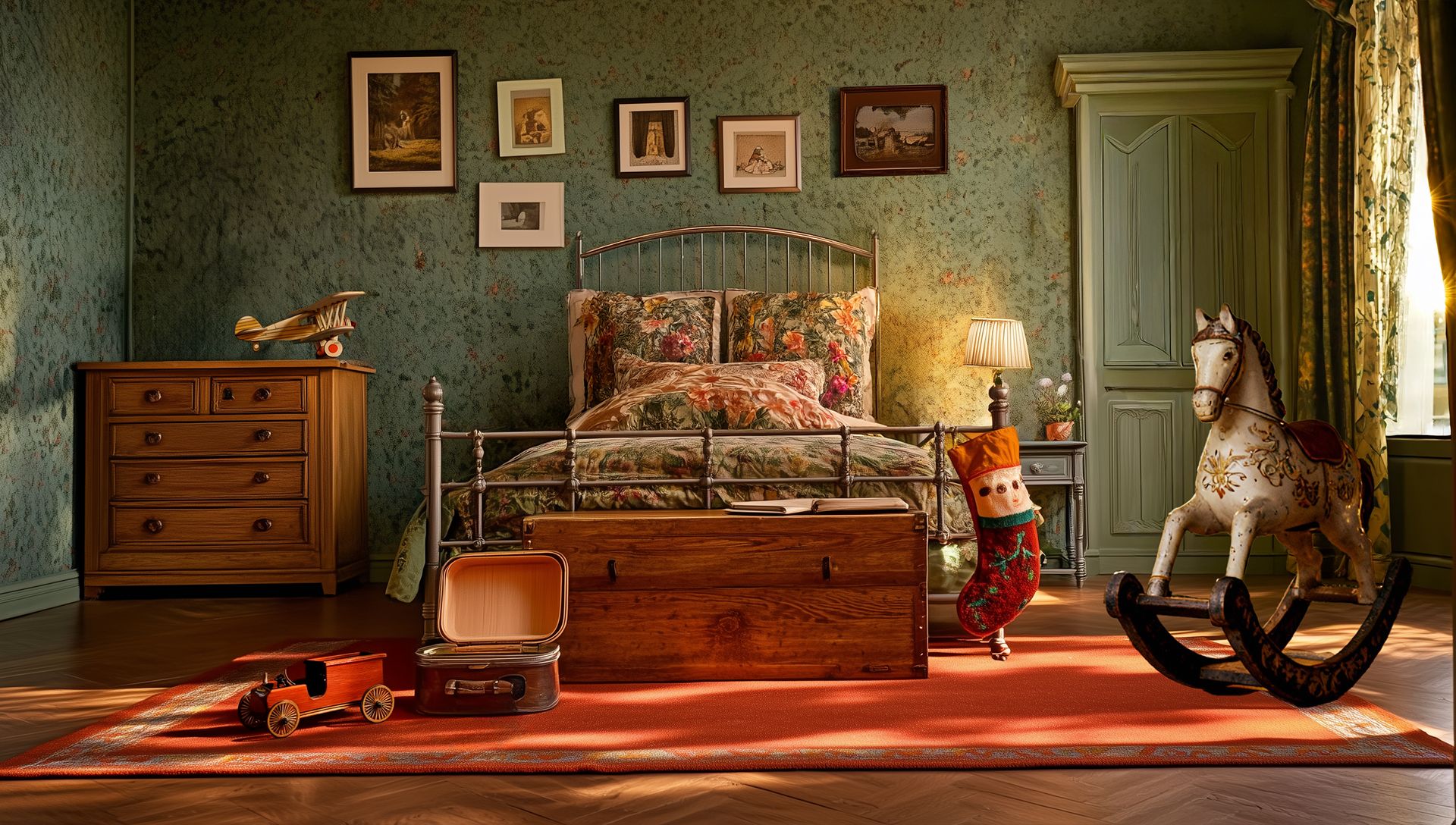
look 03 day

look 03 night
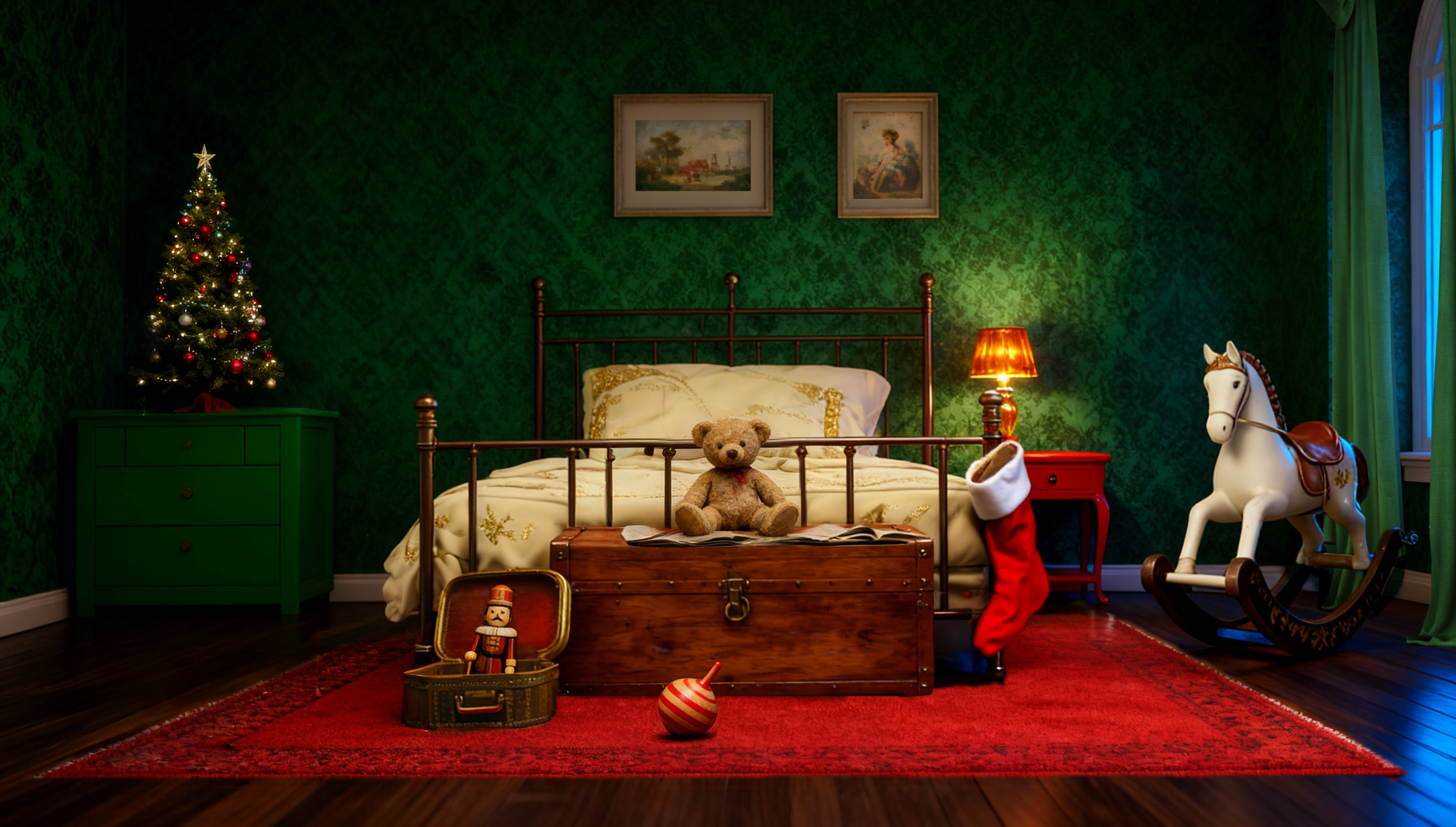
Edit version of final look
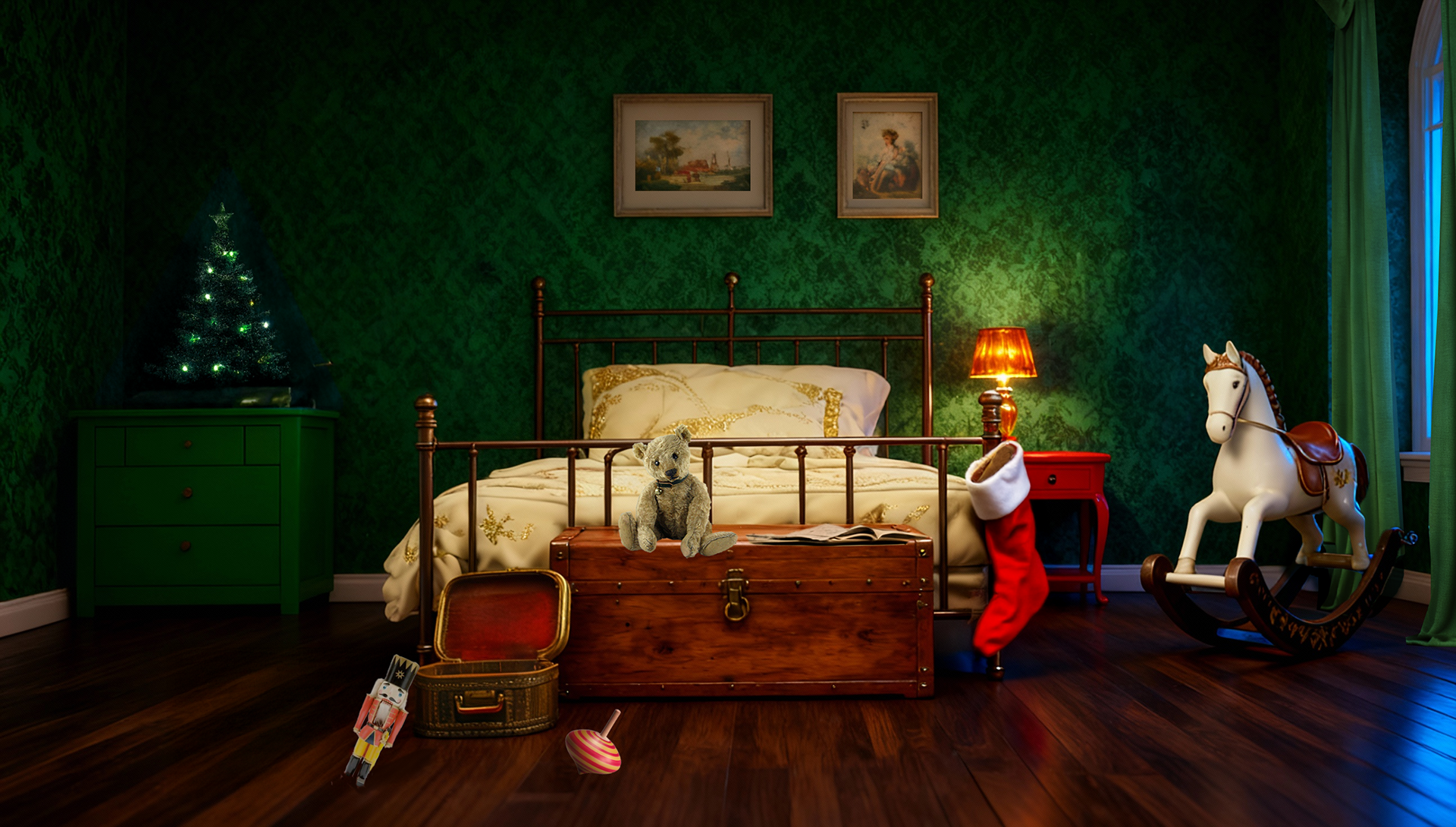
Edit version of final look 01
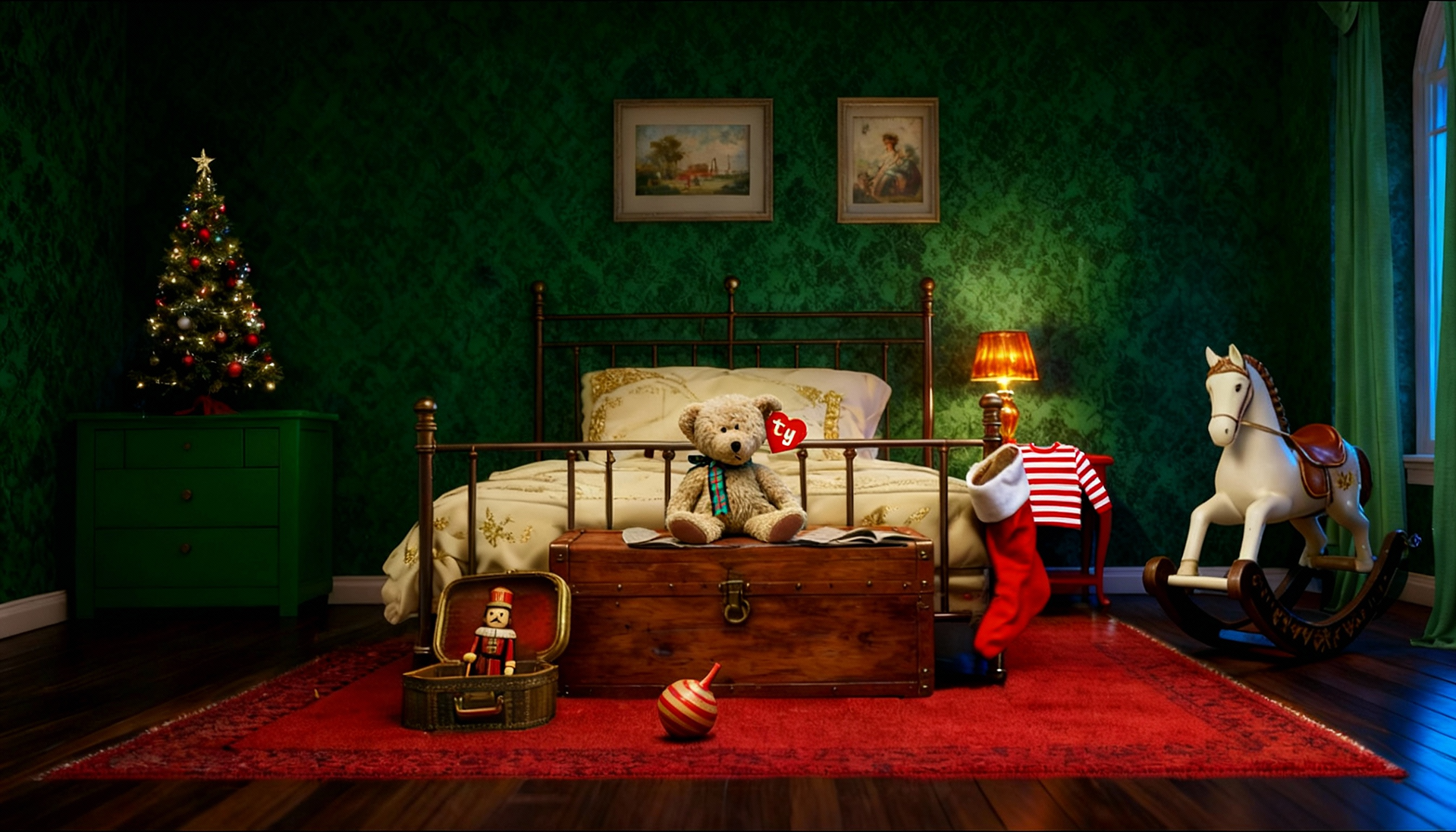
final look
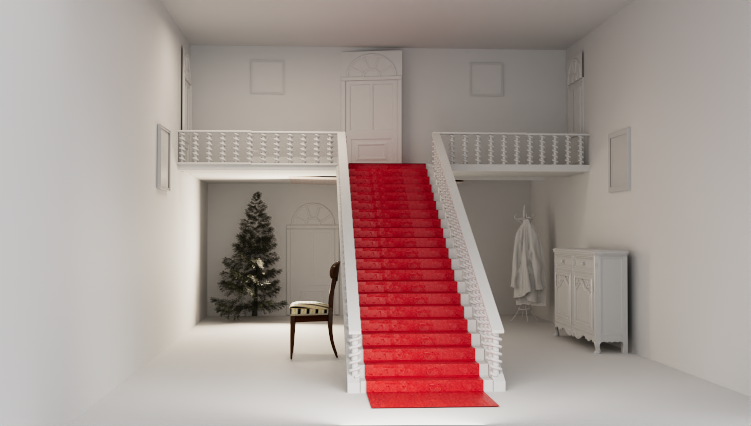
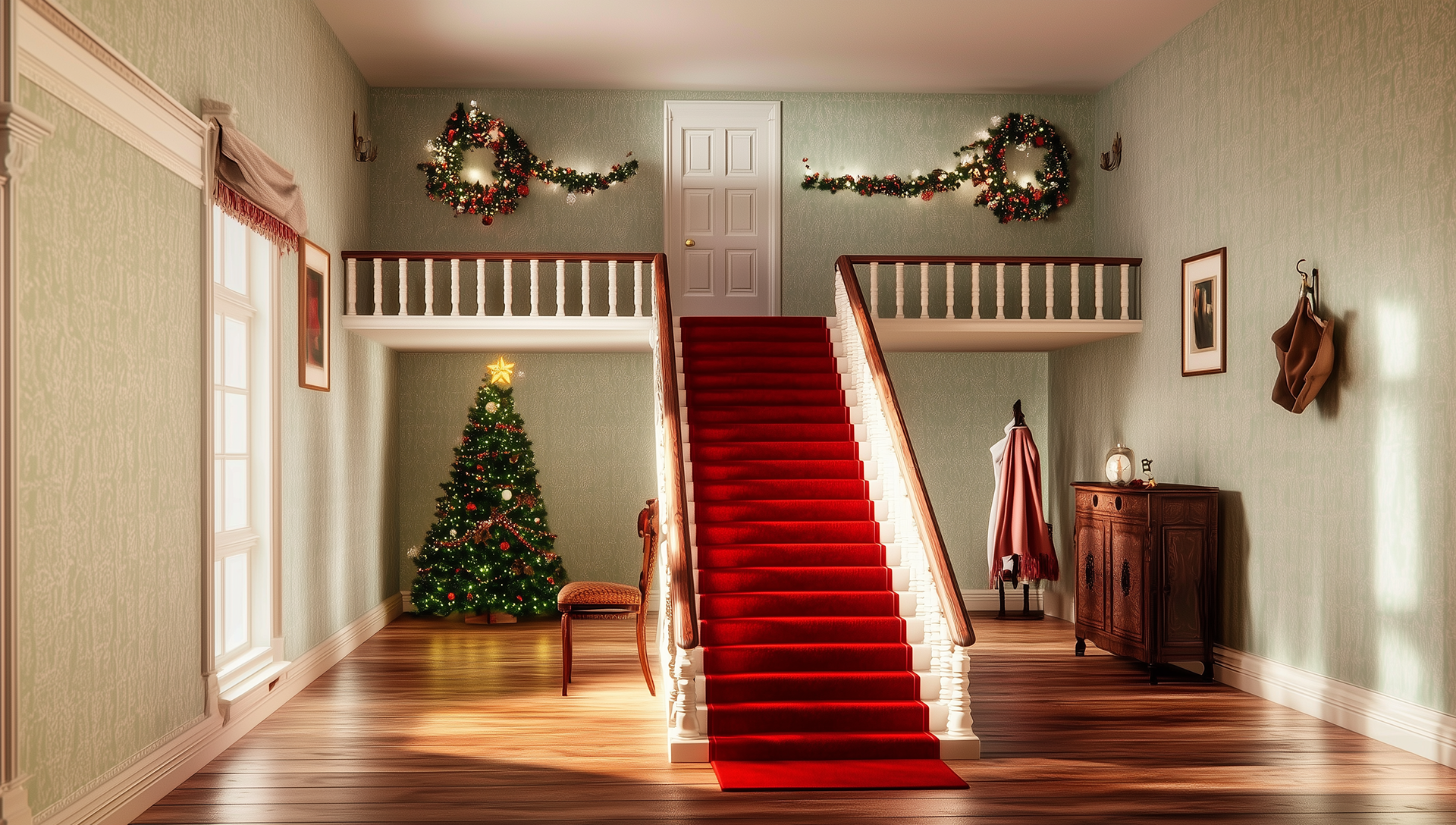
altertnative

Final image
After nearly two weeks of exploration, this process resulted in the final and most successful visual style — a rich, cohesive look that perfectly balanced 3D realism with a stylised, storybook animation language.

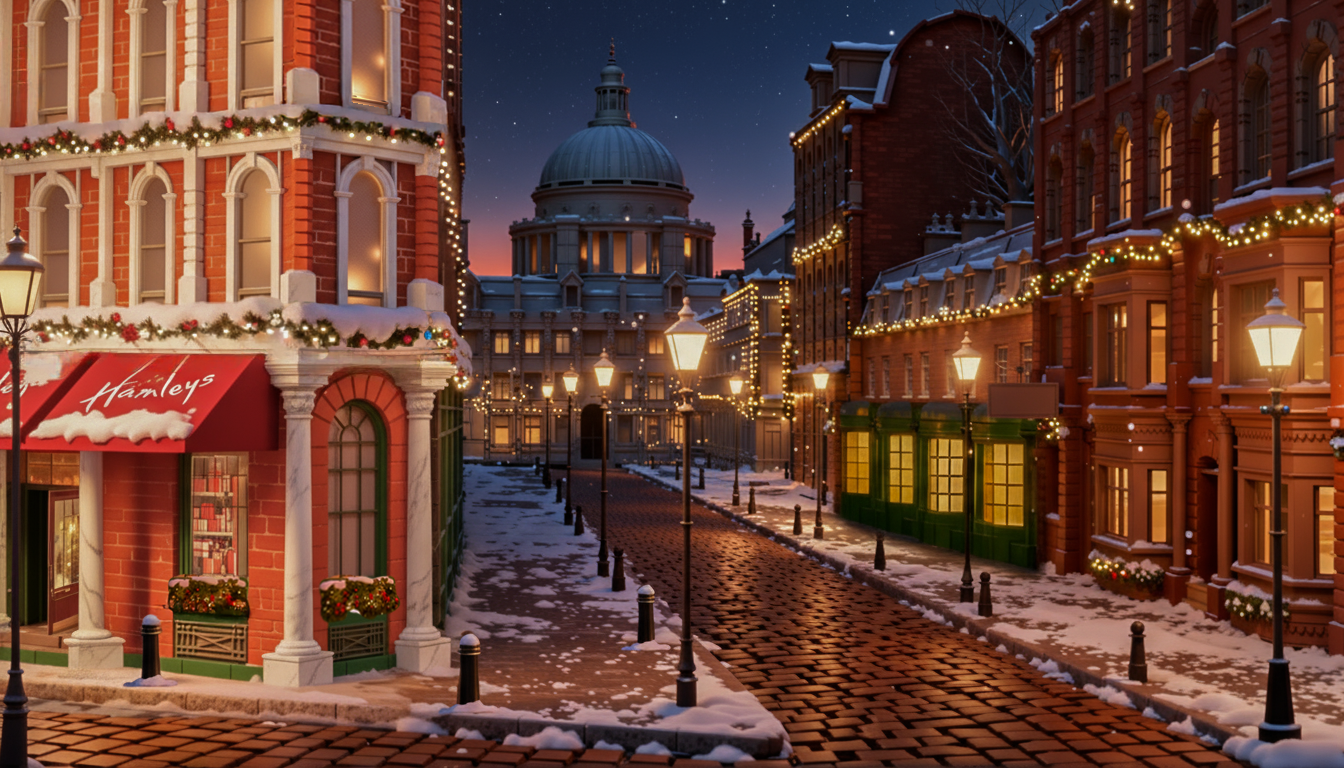


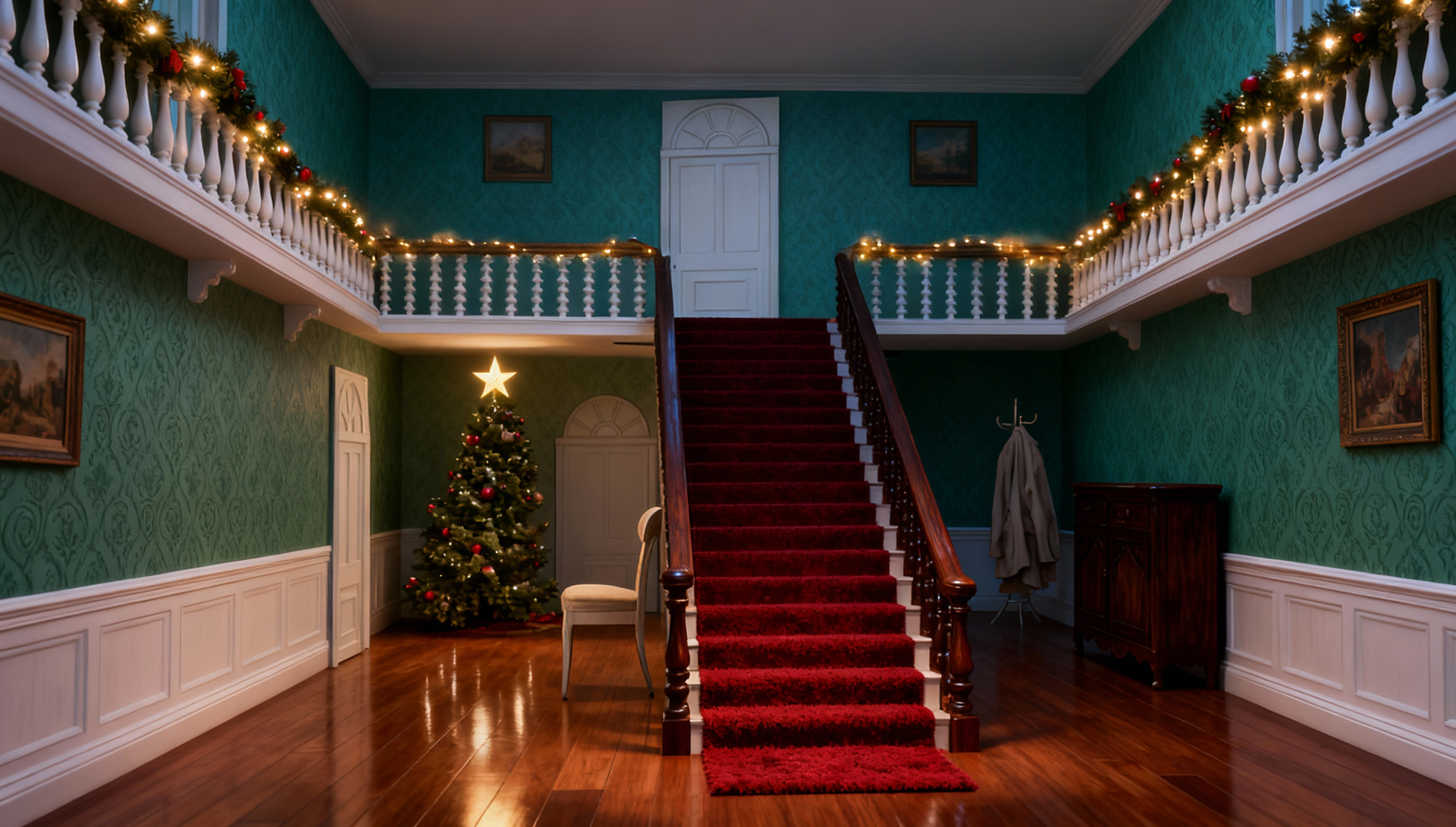
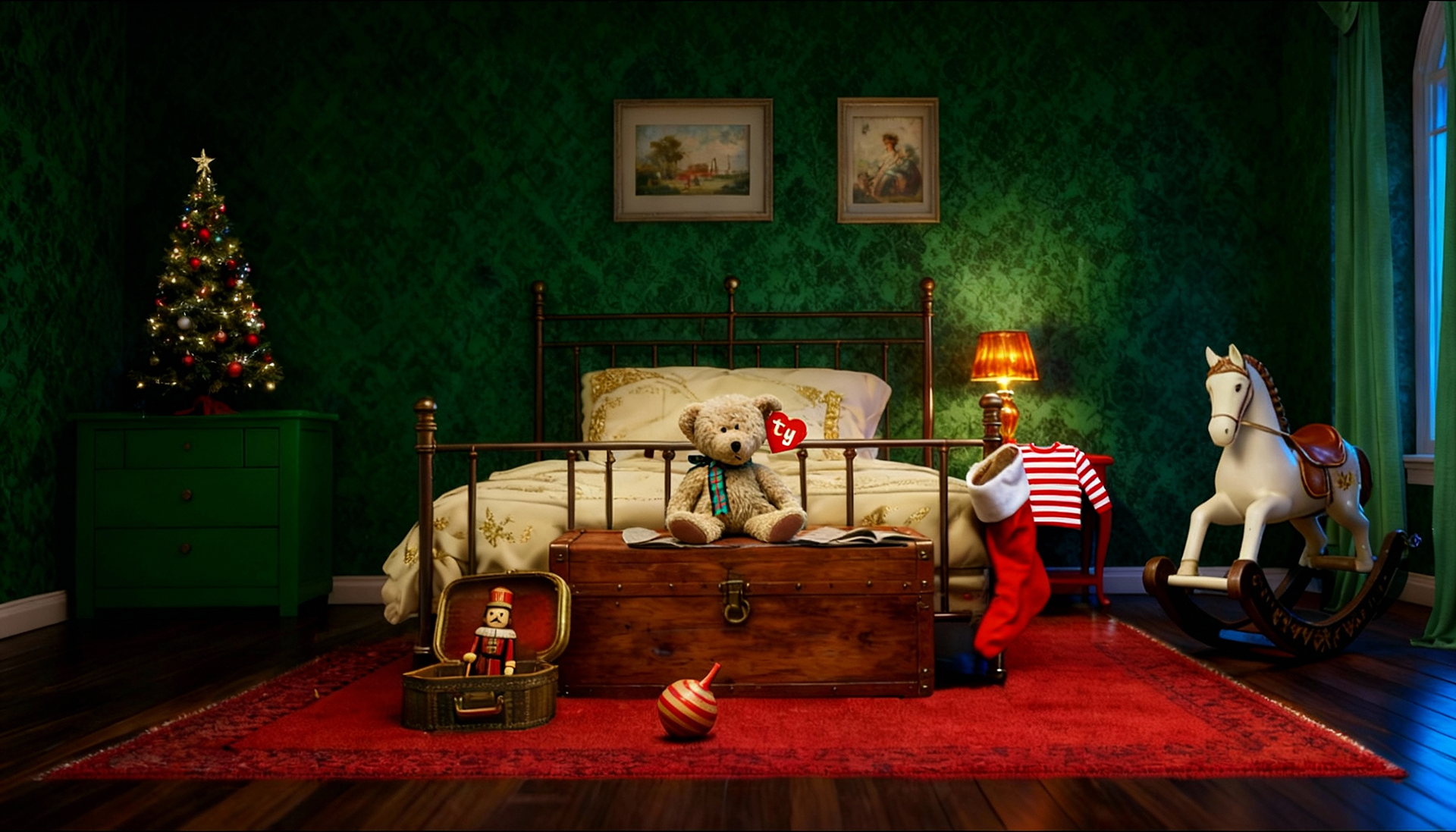
Finally, we integrated the 3D ball simulations, which were initially meant to drive the animation through the trained LoRAs for a fully AI-generated motion pass. Instead, the LoRAs proved most effective for creating high-quality 3D character models, which we then rendered in Cinema 4D, upscaled, and composited into the final animation — achieving a seamless blend of AI innovation and refined 3D craftsmanship. As a bonus, these trained LoRAs can now be reused to generate the characters across future marketing campaigns, ensuring visual continuity and efficiency for Ty’s brand.
Conclusion
The animation is not perfect, and the compositing came with many challenges. Yet, this experience proved invaluable — showing me that AI can be an incredible creative partner, especially during the research and development phase. It saved us a huge amount of time in generating and refining the ball simulations, and the LoRAs helped us produce high-quality 3D character models efficiently. While developing and colouring everything fully in 3D would have been a joy, this project revealed how combining AI with traditional 4D animation can meaningfully enhance both creativity and workflow — opening new possibilities for future productions.

